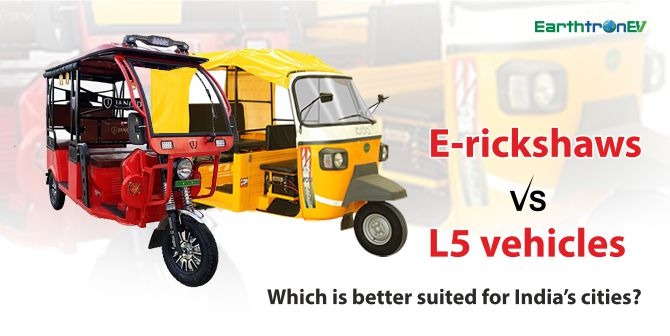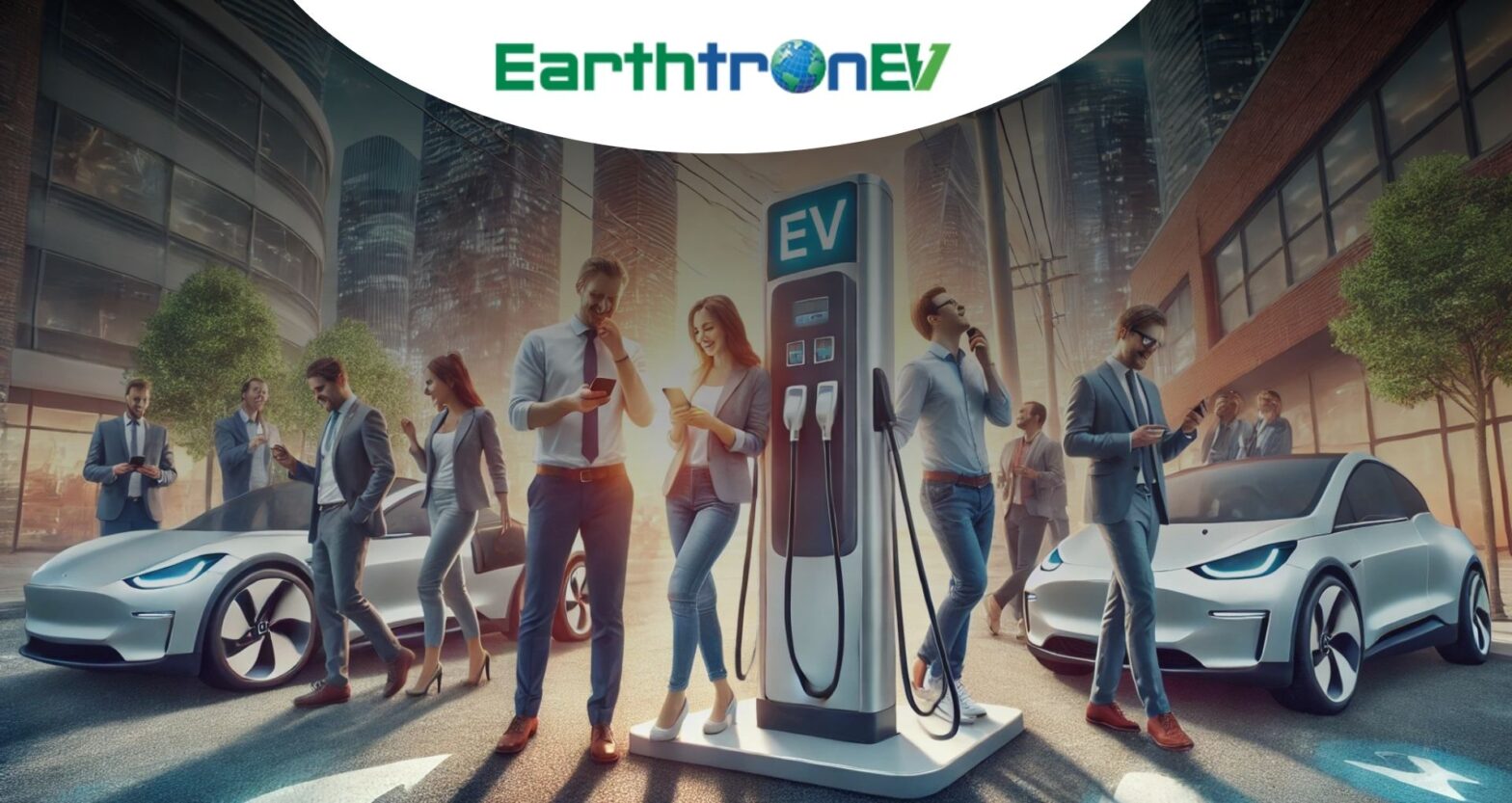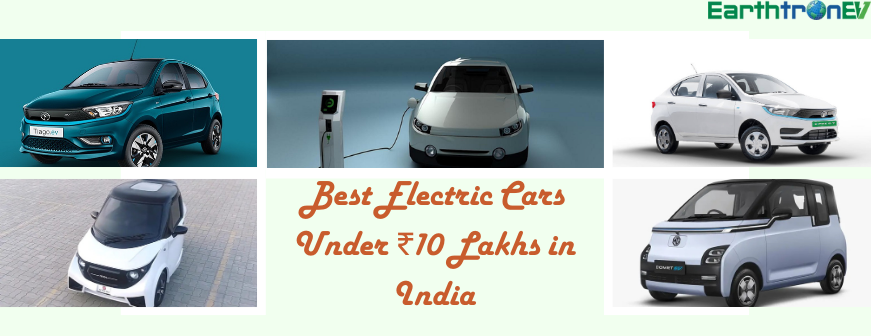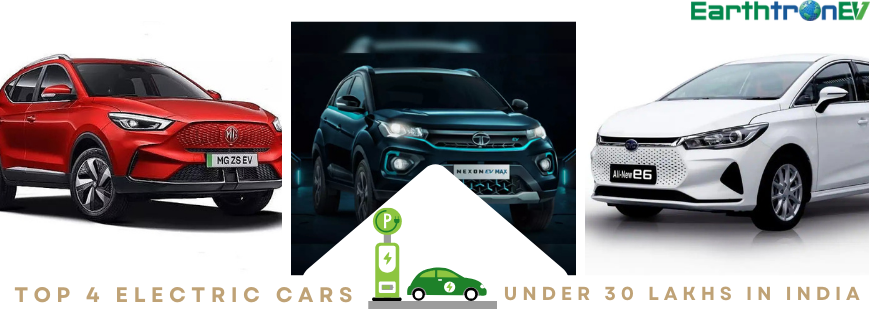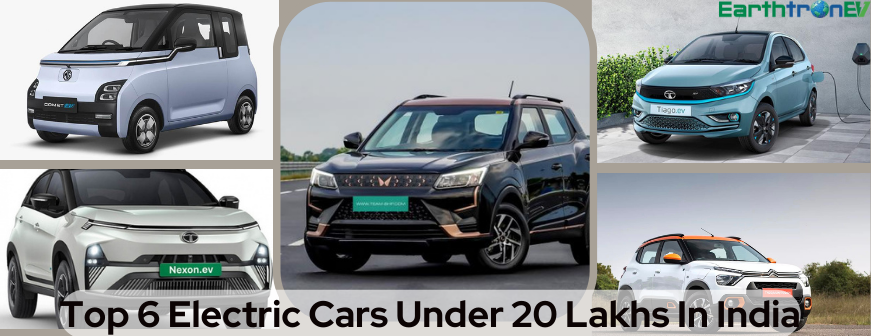Buckle up! With the rise of electric vehicles, two options have emerged as popular choices for short-distance travel – E-rickshaws and L5 vehicles. While both offer sustainable solutions, they differ in design, functionality, and suitability for Indian roads.
Introduction to E-rickshaws and L5 vehicles
E-rickshaws and L5 vehicles are both electric vehicles that are becoming increasingly popular in India’s cities. L5 vehicles are four-wheeled, enclosed vehicles that can seat up to six passengers and are typically used for longer journeys.
If you need a vehicle for short journeys around the city, an e-rickshaw is an excellent option. They’re affordable, easy to operate, and don’t produce emissions. However, if you need a vehicle for longer journeys or for carrying more passengers, then an L5 vehicle would be a better option.
Advantages and Disadvantages of E-rickshaw Vs. L5 Vehicles
E-rickshaws have been gaining popularity in India’s cities as a mode of last-mile transportation. They are cheaper than traditional auto-rickshaws and can operate without a driver’s license. However, they are often less reliable and comfortable than L5 vehicles designed for urban environments.
L5 vehicles like the Mahindra e2oPlus are becoming increasingly popular in India’s cities.
However, they also come with some disadvantages, such as a higher price tag and the need for a driver’s license.
Comparison of Prices
In this article, we will compare the prices of various e-rickshaws available in India and help you decide which is best for your needs.
The most basic type of e-rickshaw available in India is the three-wheeled scooter. These typically cost between Rs 20,000 and Rs 30,000.
If you need a more powerful e-rickshaw for carrying heavy loads or climbing hills, you can opt for a battery-powered electric rickshaw. These typically cost between Rs 50,000 and Rs 1 lakh.
If you want an all-weather vehicle that can seat up to six passengers, you can choose from a range of electric minibuses—prices for these start at around Rs 2 lakhs.
So, which type of e-rickshaw is best suited for India’s cities? If you need a primary mode of transport for getting around town.
Environmental Impact of Using E-rickshaws vs. L5 Vehicles
In recent years, the Indian government has been promoting using electric vehicles (EVs) to reduce air pollution, and help meet its climate change goals. EVs are typically more expensive than their petrol or diesel counterparts but have lower running costs and emit no pollutants.
There are many benefits to using e-rickshaws over traditional rickshaws or other types of EVs, such as cars or buses. In addition, e-rickshaws are much quieter than petrol rickshaws, which reduces noise pollution in cities. E-rickshaws are available for hire by the hour or day for short and long journeys.
Safety Considerations for Both Forms of Transportation
In India, both e-rickshaws and L vehicles are popular modes of transportation. However, there are some safety aspects to consider for both types of vehicles.
For e-rickshaws, the primary safety concern is the battery. Another safety concern for e-rickshaws is that they are often overloaded with passengers or cargo.
For L vehicles, the primary safety concern is the engine. Another safety concern for L vehicles is that they are often overloaded with passengers or cargo.
Social Impact and Implications on Local Businesses in India
In India, e-rickshaws have increased in many cities as an alternative to traditional rickshaws and cars. However, there needs to be more debate about whether or not they are genuinely better suited for India’s cities than their petrol or diesel counterparts.
They also emit no pollutants, a significant advantage in highly polluted cities like Delhi. In addition, they are much quieter than traditional rickshaws, which can relieve city dwellers who are used to the constant honking of horns.
On the other hand, e-rickshaws can be less reliable than petrol or diesel vehicles since they rely on batteries that need to be regularly charged. They also tend to have a shorter range than traditional rickshaws, so they may not be suitable for longer journeys. Additionally, many people still need to learn how to use them, making them intimidating for some potential customers.
It is up to each city to decide whether or not e-rickshaws are the best option for their transportation needs.
Why Choose Us?
In conclusion, e-rickshaws and L5 vehicles have benefits that make them ideal for India’s cities. E-rickshaws are affordable and convenient, while L5 vehicles can accommodate more significant numbers of passengers in less time. Whether you opt for an e-rickshaw or an L5 vehicle, you’ll surely benefit from their unique offerings as they help reduce traffic congestion in India’s cities.
